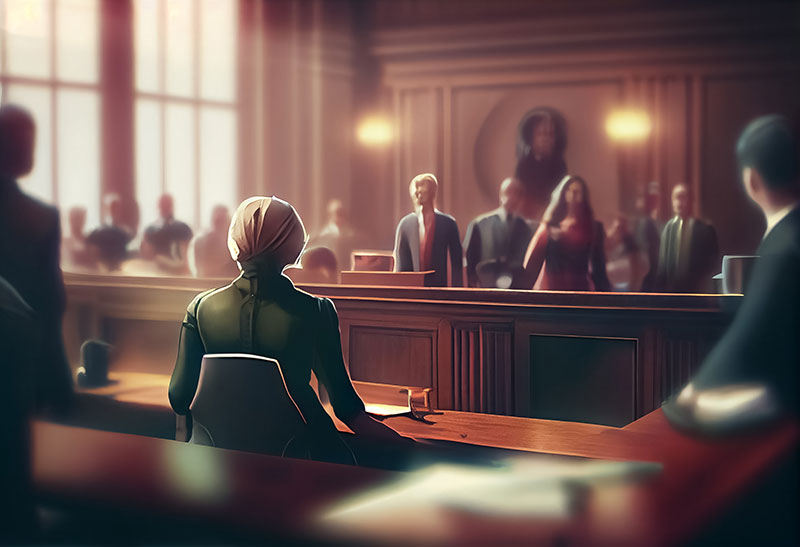The Power of Trial Illustration in Litigation
The Power of Trial Illustration in Litigation
Blog Article

As courtroom communication evolves, visuals have become central. Legal teams increasingly use illustration to explain events, scenes, and processes. Companies like LawFX are at the forefront of this visual legal revolution.
What Are Courtroom Illustrations?
Unlike media sketches, these visuals aim to explain—not just depict—key scenes or events from a case. From car wrecks to faulty product usage, illustrations offer clarity for non-expert audiences. LawFX ensures each piece aligns with legal standards while enhancing testimony.
Visual Strategy by LawFX
Their illustrations are custom-built after consulting with lawyers, witnesses, and experts. Each image supports testimony and simplifies complex evidence.
Benefits of Visual Aids in Court
Jurors often retain images far better than spoken copyright. Visuals simplify the technical, making abstract or complex topics accessible to legal animation and graphics everyone. This improves juror retention and creates stronger emotional impact during trial.
Illustrations vs. Trial Graphics
Trial graphics often include text, timelines, or bullet-point summaries. LawFX often combines both to deliver a unified, persuasive presentation strategy.
Who Uses Legal Illustrations?
Attorneys in fields like personal injury, product liability, and malpractice use visuals to explain their case. The versatility of these visuals makes them valuable across all phases of litigation.
Where Trial Illustrations Make a Difference
Injury claims, defective products, surgical error cases, and construction failures all benefit from visuals. LawFX's expertise helps clarify these high-stakes issues through careful illustration.
The Illustration Process at LawFX
Next, they collect evidence, photos, expert reports, and medical records. Revisions are made until a final court-ready visual is produced. This collaborative method ensures that every visual is effective, precise, and courtroom-approved.
Improving Jury Comprehension with Art
Most jurors are unfamiliar with technical language or specialized procedures. Visual storytelling keeps jurors focused and makes complicated testimony easier to follow.
Standards for Courtroom Illustration
Every LawFX visual meets courtroom standards for fairness and accuracy. Avoiding exaggeration or misleading design ensures their work withstands scrutiny and contributes to trial success.
How Legal Art Supports Mediation and Arbitration
Beyond the courtroom, visuals are powerful tools in pre-trial negotiations. LawFX illustrations make it easier for both sides to understand what’s at stake.
Common Questions About Legal Illustration
What visuals do you create? Courtroom illustrations, trial graphics, 3D models, and digital presentations.
Are they admissible? Yes—they meet evidentiary standards and are reviewed with experts.
What’s the difference between illustrations and trial graphics? Graphics show data; illustrations show events or scenes.
Where can they be used? In court, settlement, depositions, and mediation.
How long does it take? Simple visuals take days, complex ones may take 1–2 weeks.
Visuals as Legal Strategy
They’re no longer optional—they’re essential. LawFX stands out by combining artistic talent with legal understanding.
Report this page